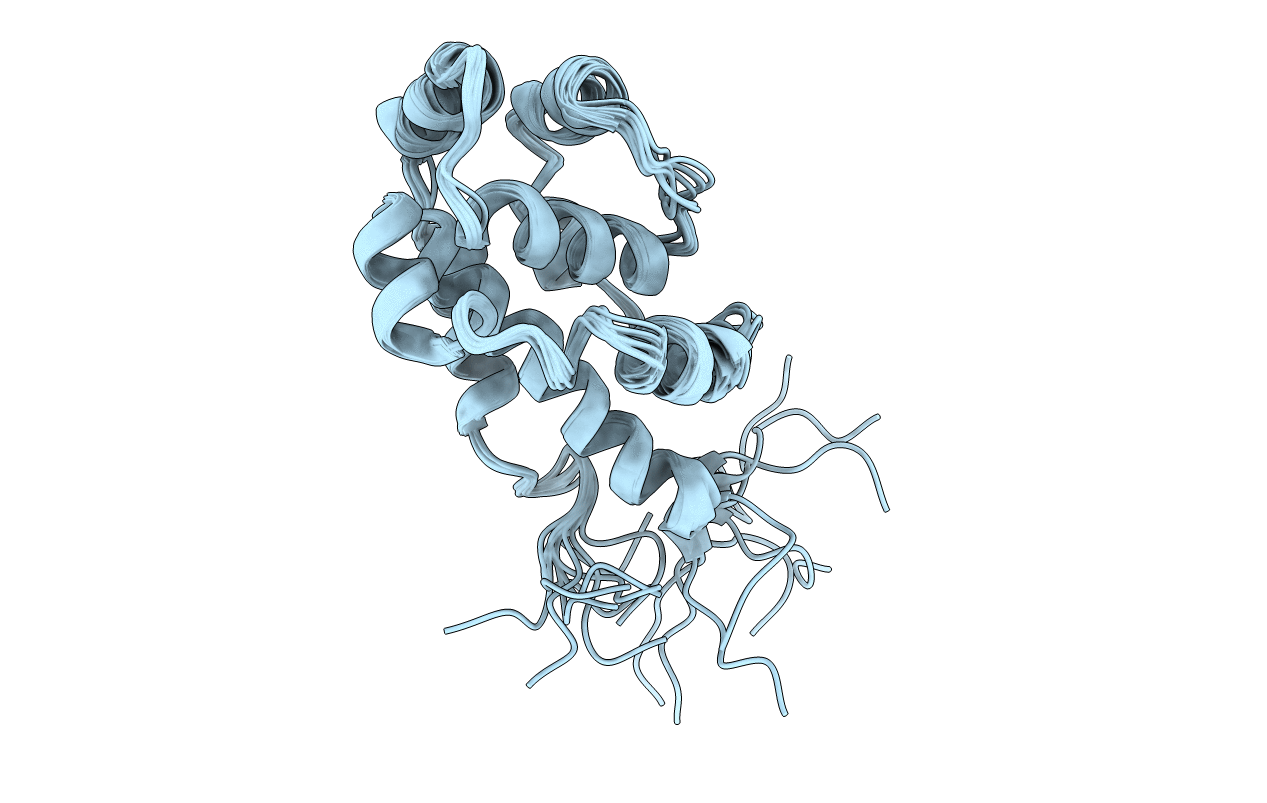
Deposition Date
2019-07-22
Release Date
2020-03-18
Last Version Date
2024-11-13
Entry Detail
PDB ID:
6KJO
Keywords:
Title:
The microtubule-binding domains of yeast cytoplasmic dynein in the low affinity state
Biological Source:
Source Organism:
Host Organism:
Method Details:
Experimental Method:
Conformers Calculated:
200
Conformers Submitted:
10
Selection Criteria:
structures with the lowest energy


